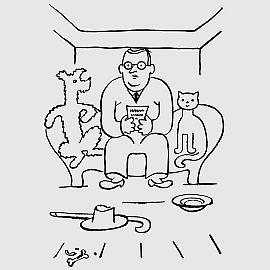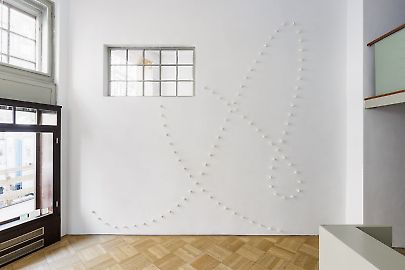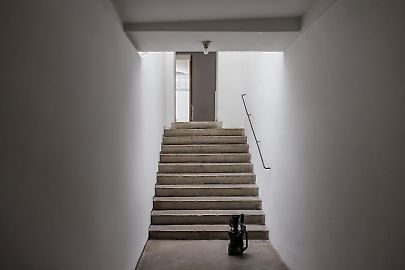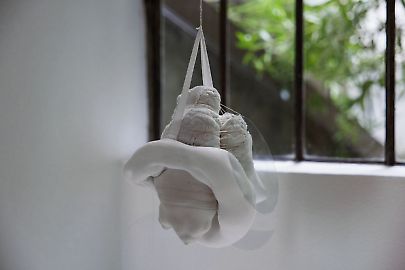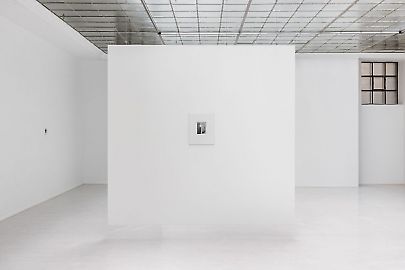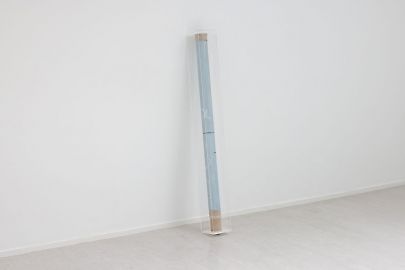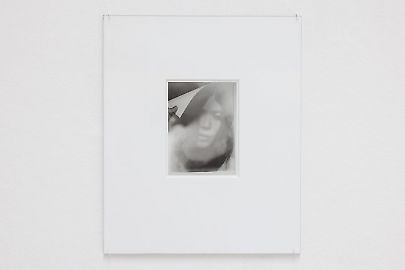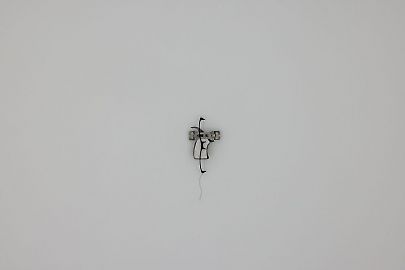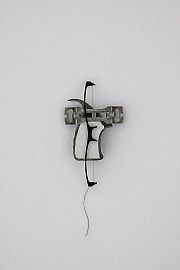curated by_Hana Ostan Ožbolt -- I Had a Dog and a Cat
David Fesl, Andreas Fogarasi, Katalin Ladik, Denisa Lehocká, David Maljković, Josse Pyl, Michael E. Smith, Kazuna Taguchi
Taking human relations and what concerns us all into consideration, Josef Čapek, a Czech painter and writer (1887, Hronov–1945, Bergen-Belsen), challenged the existing conditions and thinking of his time. Together with his life and work, his children's book All About Doggie and Pussycat (1929) became a source of inspiration for the exhibition. Developed with an in-depth collaborative working process, the exhibition brings together artists of various origins, whom intertwine with the existing order of things and respond to their time in wide-ranging ways: they (de)construct, expand, repurpose and, thereby, depict the inner and outer world with all its complexities. Collisions and
contradictions - present in the ordinary and the common, [1] give rise to myriad extraordinary ideas, experiences and reflections on our coexistence.
The selected artists, each with their own distinctive practices, share an involvement of combining divergent everyday things and experiences that otherwise would not meet. Occasionally they make us wonder. There is that barely graspable awe of transubstantiation; “the artist borrows the material of the world and exchanges it for his [her] own material to express his [her] own relationship to the world.”[2] However senseless the actions and solutions to the various situations of Doggie and Pussycat may seem to us, they make perfect sense at the end. The two characters bring meaning to the world that Josef Čapek created; for him (for the children and for the reader) they are the representatives of meaning—the toughest material is (human) thinking—dealing with everyday life through the process of concretion.[3]
Čapek’s approach to life (his overwhelming eagerness and attention to it, palpable through his unique artistic-literary style of precision and simplicity, unbroken and ravenous to the end) and his worldview, which refers to the elementary values of human existence and the understanding of art as a medium capable of reflecting on things that are fundamental when the limits of language are reached, inspired the exhibition concept.
While dichotomies, introduced in this year´s curated by Festival theme, seem to be an outdated model for thinking about the now (to exist within a binary system, one must assume that we are immutable and that the way we read the world is predetermined, rather than for us to define and choose for ourselves), they also confirm our paradoxical urgency for a basic understanding of the world through storytelling. To simplify and mediate in order to understand and comprehend the world is a human need, closely linked to the limits of the (human) body. With this in mind, David Fesl conceived the exhibition design based on the existing natural lighting conditions in the building. The works in the exhibition are placed according to the following natural logic: “In bright places, one encounters the most works of art, in the dark ones the least. Where daylight does not reach, nothing stands.” The strategy of reduction and maximum focus guides the viewers through the space, demanding their attention and inviting them to get closer to the artworks. Emerging or fading, held in suspense, the thresholds of the exhibition are the transitions (from light to darkness or from darkness to light), where unification or division naturally happens. In the absence of artificial lighting, the exhibition I Had a Dog and a Cat becomes a unique phenomenological experience.
Excerpts from the exhibition booklet I Had a Dog and a Cat.
[1] When asked in a recent television interview about what she defines as “the Common”, the Slovenian philosopher Alenka Zupančič answered: “Only the multitude can produce the common; the multitude of human relations.”
[2] "Each truly creative approach is magic. (…) The artist borrows the material of the world and exchanges it for his own material to express his own relationship to the world." Josef Čapek, Umění přírodních národů, in Pečinková, 71.
[3] Adam Budak, exhibition text for David Fesl, The Concrete Boy, Georg Kargl Fine Arts, Vienna, 2020.


